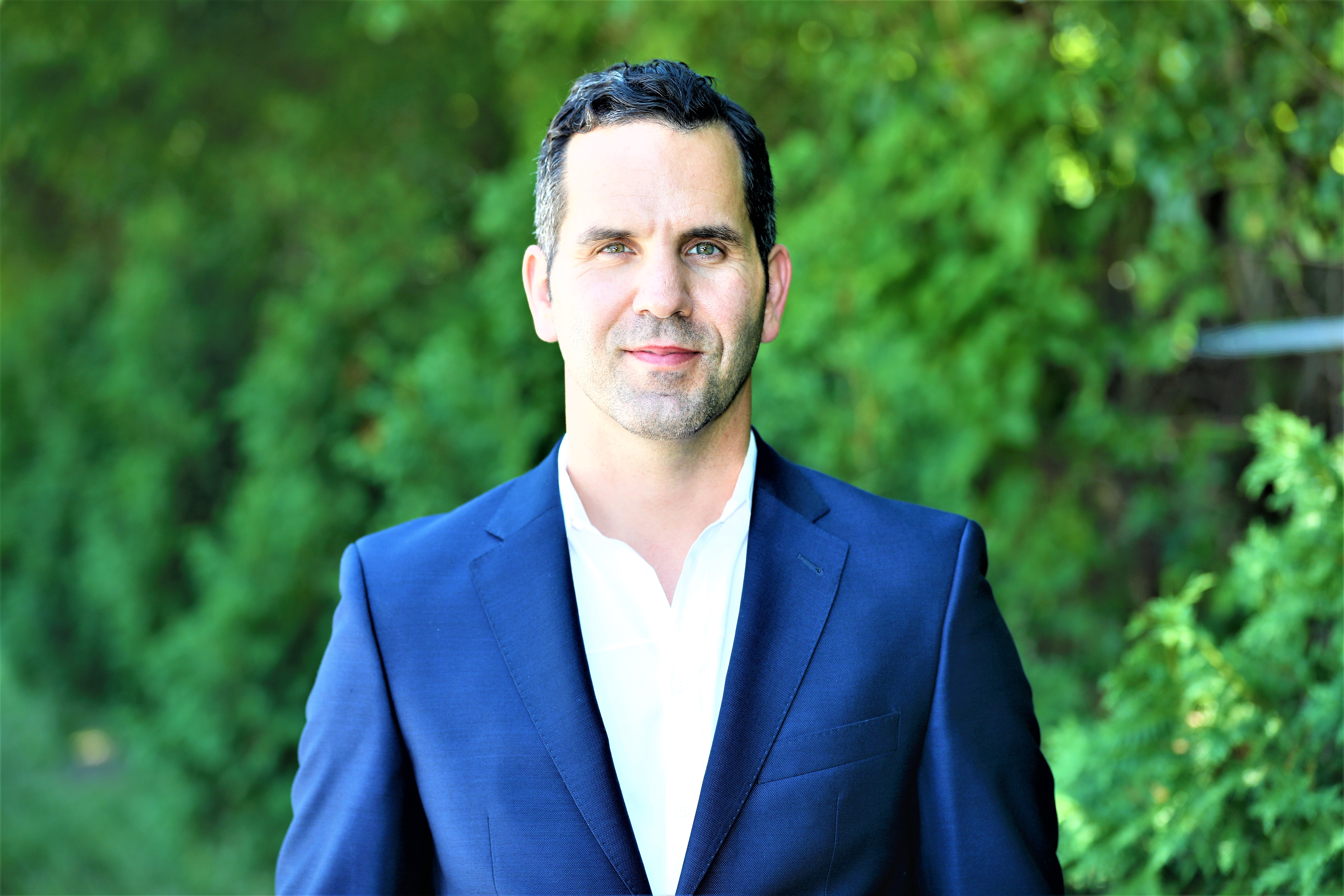Putting sound to the visual, has been one of the most magical and genius discoveries in all of human his/herstory. The use of lines, curves, dots, and abstract shaping in order to craft and highlight the power of sound. I guess that is what makes the written word such a phenomenon. Yet, what illuminates this essence of Universal magic, are the myriad ways, reflections, styles, and designs, erupting from sound. Much of it attributed to the diversity of humanity. The diversity of different cultures, and the different people within one culture.
Then, of course, you have the exuberance of wondering about cultures, whose sounds have yet to be captured, in the boundaries of paper. It is a euphoric experience to witness and observe the infinite creations for the design and styles of sound. Each signature. Each penmanship is a reflection of an individual Spirit. It is a testimony to their personal character. Who they are as Spirits in human form, and as stars, who are taking their place in the Universe.
It takes a special Spirit to analyze different, Universal markings of the stars. Those markings, which are tapestries of art, in their own right. They are the wonder of reflecting the Universal on Earth. A magical way of ensuring that the bonds between Heaven and Earth are always, evergrowing. The styles, rhythms, and tones, which come through the ecstasy of the written word. Taking that sound (in whatever tongue it may be) and then crafting it into a codified system of communication (whether written or oral) is why there is power when it comes to the written word.
One of the top leaders of this dynamic mystery, and its connection in understanding the myriad characters of human genius to the Universal realm, is none-other than critically-acclaimed, TedEX speaker and graphotherapist. . .
Jamie Cohen
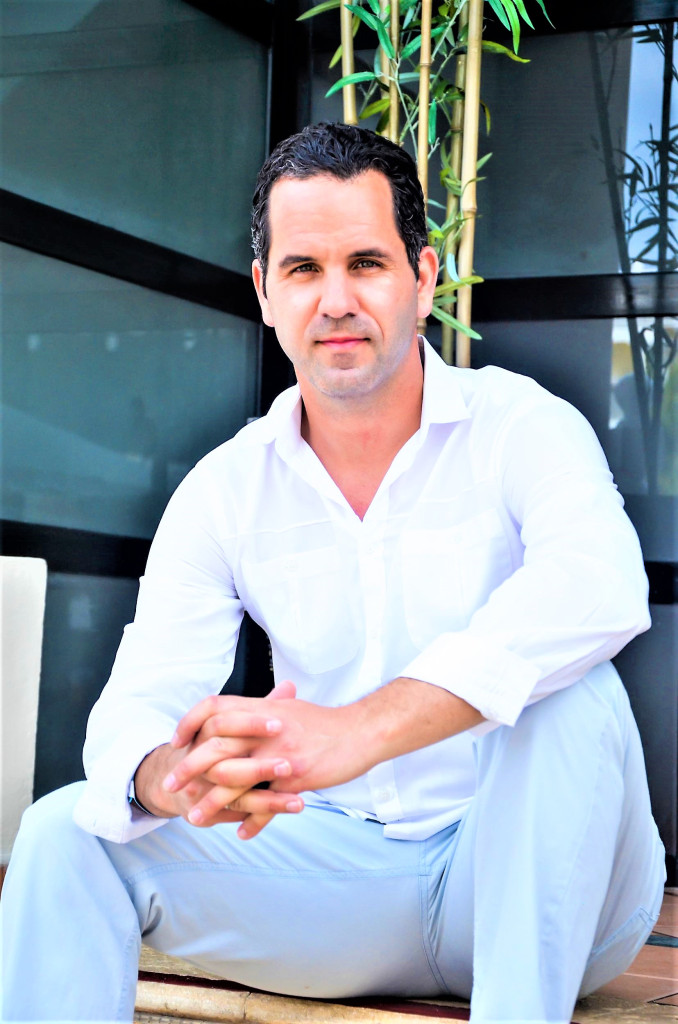
Lauren K. Clark: Take a moment to think back to your childhood, is there a moment, that you can recall a fascination with aesthetics of handwriting? What clues come into mind, which foreshadowed later inquiries into handwriting?
Jamie Cohen: I was standing on stage and I froze. I was thirteen years old in Grade 8 drama class. I couldn’t get the words out because, at that time in my life, I stuttered. I came home and told my mother what happened. My mom was a teacher and a handwriting analyst. She saw a trait in my handwriting that looks like a figure eight. It’s a trait that may appear in the writing of elegant speakers and prolific writers.
My mom said, “Honey, one day, I believe you’re going to strive to speak and write for a living.” I was totally skeptical. I said, “Mom, are you telling me you can analyze my personality based on a few strokes on a page? That’s ridiculous!” Well, I didn’t say that last part to my mom, but I may have thought it. My mom is my hero.
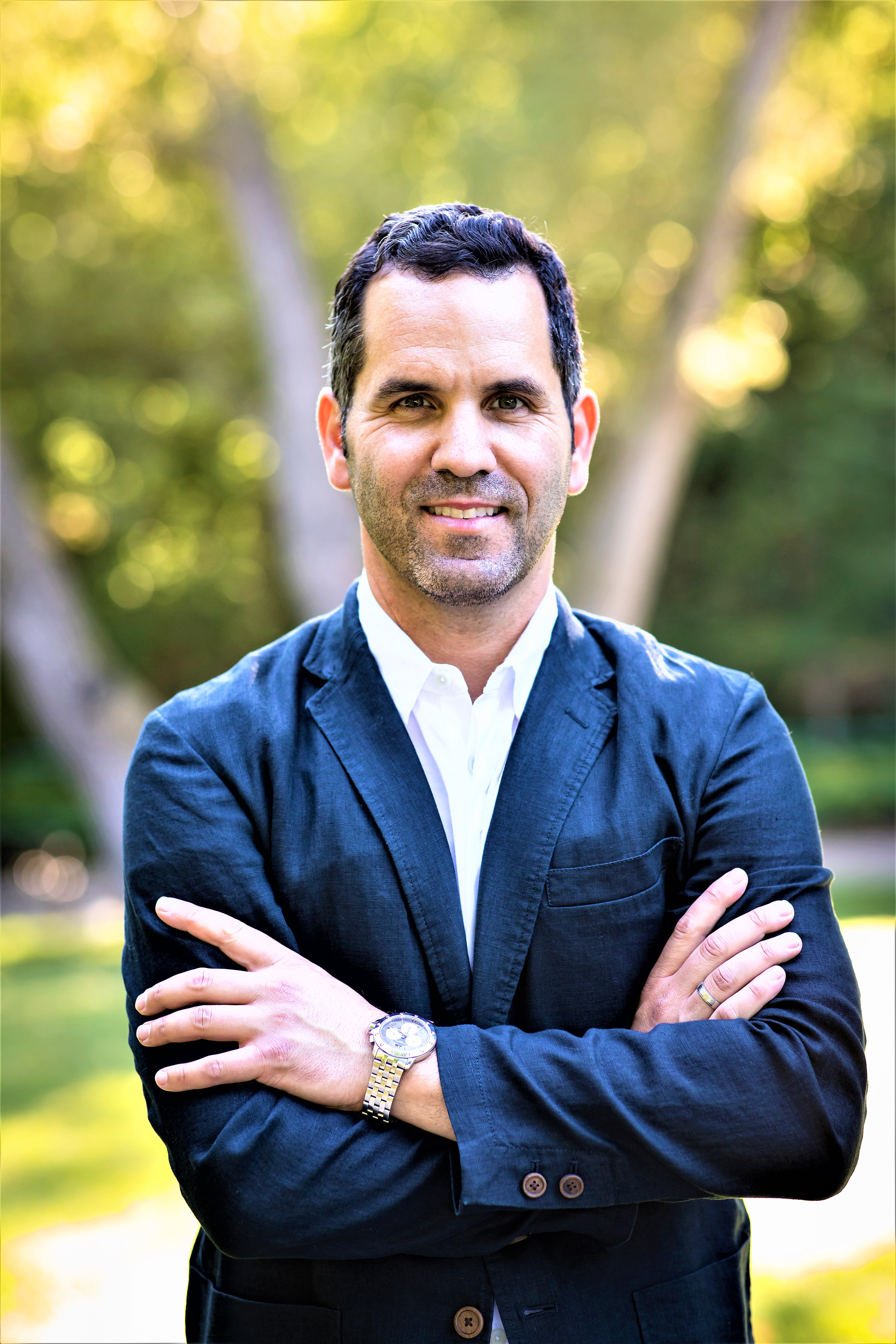
What my mom’s insight did is it planted a seed that I could change and grow. It was at this moment that I became fascinated with why people behave the way they do. This weird, obscure personality assessment tool known as handwriting analysis, or graphotherapy, became a means for me to learn about myself. Handwriting analysis also became the ultimate ice-breaker, when I was working in New York for Lorne Michaels, the Executive Producer of Satuday Night Live.
On my first day, I found myself surrounded by writers, directors and comedians, all of whom wanted me to analyze their signatures. A few years after that, I was a high school teacher in Toronto and wanted to find new ways to reach my students. When traditional strategies didn’t work, I looked at their handwriting to see the genius that lies beneath their name on the attendance sheet. Three decades after my mom showed me how the aesthetics of a stroke can reveal my latent strengths, her words came true. I became a professional speaker, the recipient of a TED Education-Huffington Post International teaching award, an author, and an online course creator of SECRETS AND STRENGTHS IN YOUR CHILD’S HANDWRITING.
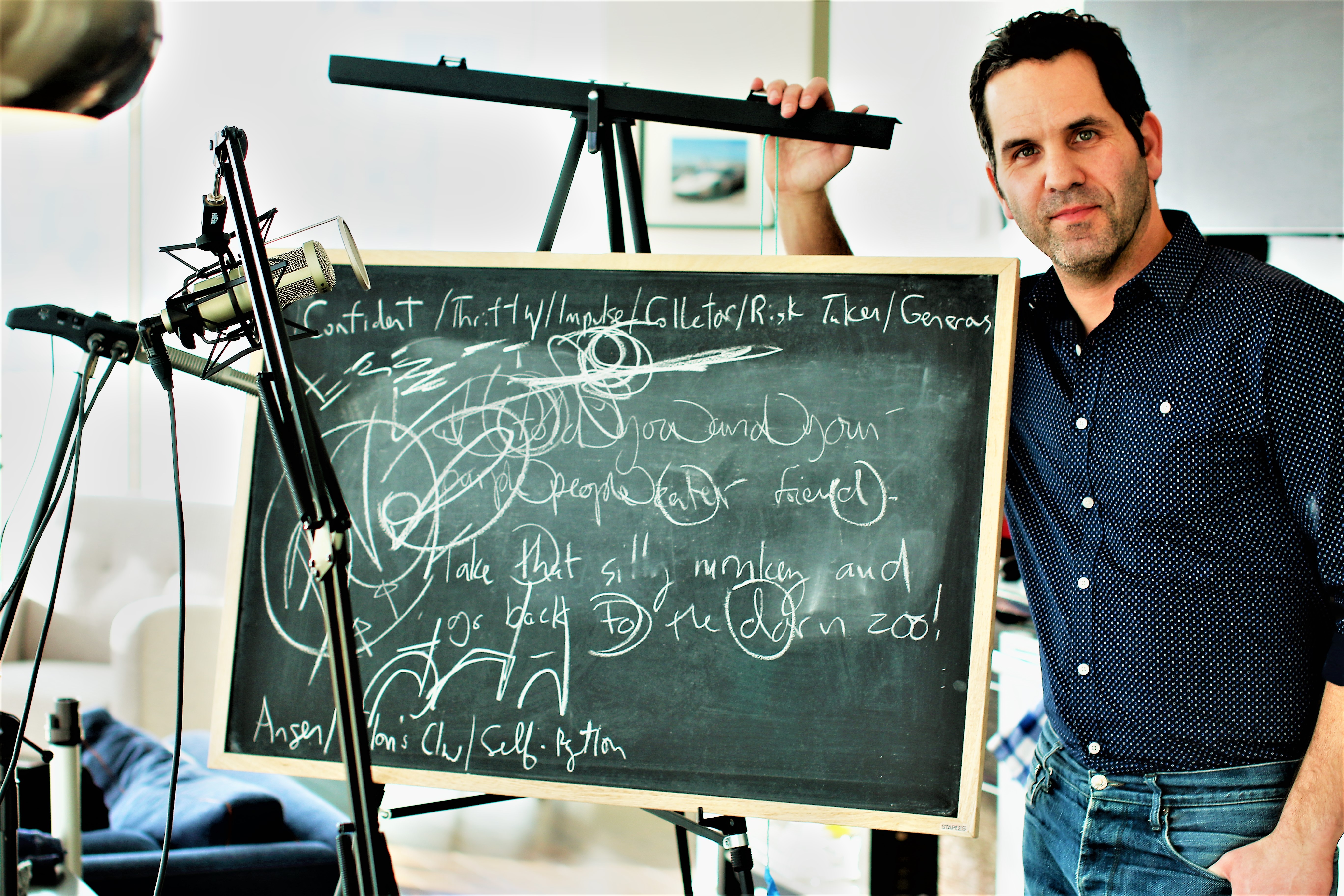
Lauren K. Clark: When you think about handwriting-the fascination for lines, slants, and curves to create sound-how do you envision such as symbols of the Universe-Universal sound, Universal energy?
When you look at Beyonce’s signature, it reflects the art and sound she projects to the world. Beyonce demonstrates a multitude of creative abilities. The thickness of the line on the capital ‘B’, combined with the graceful motion and rhythm of the ‘B’ shed light on the musical quality within her. The line that flows out of her first name appears in the shape of a musical staff. Beyonce, like all of us, created these handwritten strokes as a subconscious symbol of how she sees herself. We all have the art inside us, as my sister, Carly says. Those amongst us who share similar traits in our handwriting have this sound in our heart; it may just manifest in different ways: as a musician, as a teacher, as a mom, as a writer, as an entrepreneur, as an energy healer, as a life coach, or as a beekeeper.

Handwriting is a mirror upon our universal, subconscious energy. Wherever I’ve analyzed peoples’ handwritten strokes: from Luxembourg to Malaysia to New York to Toronto, what gives me hope for the potentialities of humanity is that we all share universal characteristics and traits. We’re defined by our common humanity through our handwriting more than we are by our differences. We just have to look. We are not alone in our shared vulnerabilities, our aspirations, our hopes and our goals for ourselves, our families, our communities and the future of our planet. We may want to be mindful how we project our energy and our best traits into the world or else those traits could become liabilities.
They could become liabilities if they are overextended at the expense of our relationships. Personal development should never take precedence over playing catch with my son, or going on a date night with my wife.
Handwriting shows us that what lies within us is our poetry to the world. Walt Whitman wrote: “That you are here – that life exists, and identity; that the powerful play goes on and you may contribute a verse. What will your verse be?” Your verse is your strength. We all have them; it’s a matter of finding new ways to deploy your powers for the betterment of yourself and humanity.
In handwriting, a stroke is a stroke wherever you find it; that also relates to whomever you find it. Energy can be seen through the pressure a person exerts in their writing on the page. Heavy, upward cursive often equates a powerful, optimistic form of energy. Lighter, downward strokes might mean a person feels less energy and is emotionally depleted.
When it comes to sound, a person who shows a sense of rhythm can be seen through the consistent spacing between words combined with the slant of the writing. Its apparent to the eye in that the writing seems balanced, well-spaced, and has a sense of paced movement.
Lauren K. Clark: You have mastered the art of understanding people’s character, through their handwriting. What does a person’s handwriting also say about their Spirit and mental well-being? What does it say about self-care and wellness?
Jamie Cohen: The Wisdom in Handwriting on a Person’s Spirit, by Father Richard Rohr said: “All spiritual knowledge is recognition. Reknowing what you deeply already knew.” Handwriting analysis can help us recognize what we knew deep down to be true about ourselves, but may have forgotten or blocked over time. The upper loops in handwriting above the middle-zone relate to the abstract philosophical imagination or beliefs. The size of the loop will tell you how much imagination is evident. If the loop is very high, we might interpret the stroke as a far-reaching philosophical desire to investigate the unknown.
The Insights of Handwriting on Mental Well-being One indicator of psychological well-being is when the writing is light and slants downward. It may indicate a person is feeling sad, worn-out and enervated. If handwriting shifts upwards to the right, it might be a sign of an optimistic and energized mental outlook.
How to use Handwriting as a tool for Self-care Stanford University did a gratitude integration class in which first-year students wrote down what they were grateful for daily during a semester. They then took a survey on how it impacted them. The results were a 27% reduction in anxiety and depression in their life from doing short, daily, written gratitude exercises within the class.
Handwriting’s contribution to wellness Handwriting can be used as a form of connecting the mind, body and soul.

Handwriting has been shown to boost language acquisition, improve memory recall, aid in the development of hand-eye coordination, and relieve stress. When you write by hand, the act, itself, slows you down, resulting in single-tasking and focused concentration on what you’re doing in the moment and fully present. Handwriting can help boost your self-confidence by bringing self-awareness to your top character strengths in a new way.
An exercise to keep immersed in a feeling of abundance is to practice savoring experiences, by writing about them in a journal after experiencing them. Savoring is taking time to savor the things you enjoy. When you write about positive experiences, it extends the emotions associated with the experience for weeks or more.
Write a handwritten letter on a personalized postcard, expressing gratitude to a person who is overdue for a thank you from you. Hand it to them in person. Even better, read it to them in person and then hand it to them. Write a note on the back of a cheque to the owner of a restaurant, giving praise to your server. Write down your short-term exercise goals and track your daily wins in a journal to get your physical activity up to at least 45 minutes per week.
Use Morning Pages, created by Julia Cameron, as a form of written mindful meditation. Morning pages include writing what is on your mind without self-editing, until you reach 3 pages of notes. It is a morning activity practiced by some creative people to clear mental cobwebs and creative blocks, increase the flow of ideas and to release and let go of self-doubt, negativity, and resistance onto the page.
Handwriting is brainwriting. The act of writing starts in the brain. It sends a signal down the nervous system to your hand. Your fingers then carry out the directives of the brain. You see your writing paints a picture of what you think. Each stroke you make on the page is correlated to a particular personality trait. Those personality traits can be positively changed. Graphotherapy is a personal transformation tool using handwriting to improve a person’s wellness. It’s a process through which a person consciously changes certain handwritten letter formations to positively impact their communication, and raise their belief to achieve their goals.
When I’ve done graphotherapy sessions with clients, it’s helped them increase their capacity to articulate their thoughts in high-pressured situations.

Lauren K. Clark: Since handwriting takes us into the world of symbols (and behind symbols is life and image), how do symbols play a role in a company’s development and the care of their employees? Culture is the stories we tell ourselves about our companies. One of the most powerful ways to tell stories is through metaphor and symbol. Symbols play a role in a company’s development when the employees understand and feel that a sense of emotional connection, significance and personal relevance in the meaning of the symbols.
Jamie Cohen: Symbols can show employees that a leader cares by representing the values that the company prioritizes. In the Canadian car dealership, Wheels & Deals, Founder, Jim Gilbert uses the symbol of a teddy bear in the front of his dealership. He’s also known as ‘Canada’s Huggable Car Dealer’ which both visually, and symbolically represents the importance of love and community to this brand.
The Ontario Martial Arts Academy, that my 7-year old son, Koby, attends, has developed a stellar reputation amongst parents for its family-friendly culture of kindness and discipline instilled in its students. It has also seen substantial growth, as a local business since it first opened around the corner from our home eight years ago. When you walk into the academy, you see a series of red flags draped with meticulous pride along the roof of the studio. The red flags have Korean script along with a series of value-intentions printed on them. At the end of each class, the students recite together the statements on the flags such as: I will be faithful. I will be disciplined. I will be appreciative.
One activity I have people do, who want to project more outward confidence, is to write their signature larger. Your signature is your authority in the world. A larger, bolder signature equates with the physical realization of a more outwardly confident persona.
Lauren K. Clark: When you speak on stories and the power of storytelling, what is the significance of seeing the operation of a company, as a careful quilt, which is made through the combination of different patterns and colours?
Jamie Cohen: Stories can be seen as careful quilts in that the origin story of a company is a significant part of building credibility and weaving a culture of trust. The patterns that begin to emerge in the day-to-day operations of the company can be traced back to the inspiring narrative of its founding and the journey the founders have traveled.
A quilt tells a story as does a brand. When my late grandmother quilted scarves for us, it became part of our family’s story. Her creations had a symbolic meaning infused in the cloth that she weaved. Each scarf represents her love and wisdom. Each fiber reminded me of the obstacles she had to overcome as a Polish-Jewish immigrant who escaped Hitler’s rise to power. The texture signaled to me her depth of insights and understanding. The time and commitment to finish one scarf symbolized the saying that the way you do anything is the way you do everything.
The same commitment, consistency, and unconditional love, that the quilt represents to me, embraced me growing up. It was this kind of selfless love that always put her family first. She never saw her love as a sacrifice. She saw it as her purpose, which gave her meaning. She gave her energy, time and understanding to her family. The scarves she made signified all of that to me every time I put one on.
Every time I wore the scarf during the harsh Canadian winter, I felt warmed and protected by my grandmother’s memory; every time I held it, it became like a quilted amulet, that shielded me from a sometimes difficult world. A story can represent a different kind of love in a company, yet have a powerful parallel impact on its employees, through its symbolic warmth and shielding of its people.
Lauren K. Clark: There are many signatures and writing patterns you have studied. Yet, what would your signature say about your own personal and personality?
Jamie Cohen: My signature shows me that sometimes I don’t show my full self to the world. It teaches me to accept myself and to have the courage to be fully seen, in the face of others’ inevitable judgments and opinions.
I am a realistic optimist in that my signature slants slightly up to the right, but is balanced by a line that goes relatively straight across the page. The first letter of my first name is 2.5x the size of the letters, that immediately come after. It shows that I can be bold and command respect in social situations, walk with confidence, and have a healthy ego. I also show both spiritual openness through high upper loops in the upper zones of my letters. These upper loops sometimes have pointed tips, which means that I become inquisitive and investigative of the spiritual ideas that resonate with me.
Lauren K. Clark: During your moments of being by yourself, with yourself, how do you return to the world of handwriting and signatures, to center your mind and Spirit? To gain peace and clarity in your profession?
Jamie Cohen: I return to the world of handwriting to center my mind and spirit to gain clarity. Handwriting is your personality on paper. It can give you clarity about what’s on your mind and spirit at a given moment. When you can see it, you can analyze and gain insights into it. It gives you clarity and insight into your shifts in perception, in your inner life. It shows up in the subtle changes in my handwriting. Handwriting helps chart your progress in comparison to your own growth, not someone else’s. I gain peace in my profession through writing morning pages, and keeping a daily gratitude, and productivity journal.
Lauren K. Clark: In your CSAE Clip-on Creative Competencies in The Leadership Circle, you addressed the power of listening. If you could design a unique calligraphy, which presents the colour, shape, and texture of listening, what would it be?
Jamie Cohen: A font called Euclid. It is simple, functional, minimalist, and unforced with negative space, giving the letters room to breathe. Listening is about being present, responding to the other person, providing a calm and safe space for a person to share what will help them at that moment. Listening is about reflecting back to the person the best version of themselves.
This font is enough. It has nothing to prove, nor does it draw excessive attention to itself. The font is the listener who is self-contained and restraint, yet giving. It is elegantly simple, yet not simplistic. It is free of unnecessary embellishment, yet full of life. It is confident, yet humble. The font is empty of preconceived notions, yet not empty. It is present not passive, energized yet calm.
Lauren K. Clark: Give one example of a creative conversation in leadership. What would it be? Describe in detail.
Jamie Cohen: It would entail individual brainstorming, first, before the meeting. In terms of the actual conversation, a flexible structure and purpose for why we’re meeting in the first place often provides direction and creative productivity. Start with stating the purpose of why we’re meeting at the outset. Clarify the time frame. Go over the context. Choose a safe space and inspiring location, such as near or in nature, to create or build on an idea.
Leaders listen twice as much as they speak and ask insightful questions. Questions such as: what do you think? What do you think is the best path forward? Then summarizing the other person’s ideas and using the ‘Yes and’ improvisational communication strategy to build on each concept that’s presented. Yes, and…is an inclusive way to give-and-take, and creatively collaborate. It acknowledges each person in the conversation’s unique contributions and point of view. The next step might be to gain some form of consensus about which idea(s) the pair or team would like to move forward on with defined roles and responsibilities as things proceed.
The final phase of a creative conversation is to make a decision and commitment with specific next steps, including an exact time frame.
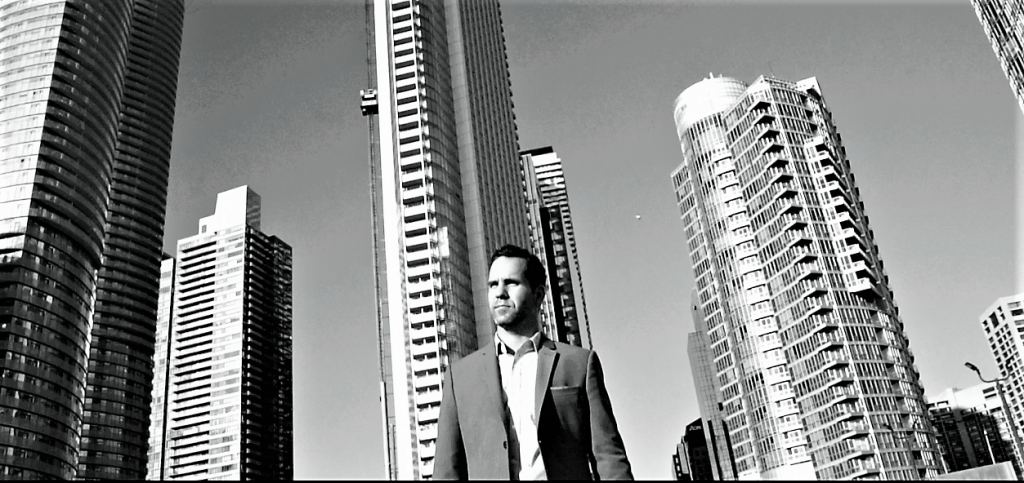
Lauren K. Clark: After a rich lecture, how would you describe your personal moments of debriefing? Of restoring your mind, body, and Spirit?
Jamie Cohen: I might go over how I felt that the talk went overall. Though, I’m too emotionally spent to linger on the actual talk. It’s not until days later that I might sit down and look at the parts that went well and reflect on that which I might approach differently. I restore my mind, body, and spirit by going for a walk or doing yoga the day after a talk. Sometimes its restoration to give myself permission to do nothing and have no set agenda to reset my mind-body-spirit connection.
Lauren K. Clark: Outside of English, what other languages have you studied? Does the study of different languages allow for different perceptions of sound and mental clarity?
Jamie Cohen: I’ve always considered handwriting analysis as its own language of psychology, with its own terminology, interpretations, perspective, and perceptions on human characteristics. The handwriting of most languages can be analyzed to some degree at the very least.
A stroke is a stroke wherever you find it. Handwriting analysis has been used as a personality profiling tool in countries with languages as diverse as India, the United States, Israel, German, France, and Canada. It speaks to both the universal traits we all have in common, and shows the specific combination of characteristics that make each person a unique snowflake of greatness and possibility.
Lauren K. Clark: On any given day, how would you describe a day of relaxation? You are nourishing yourself, healing yourself. What would this day look like? (Please be as detailed as possible.)
Jamie Cohen: Wake-up before dawn. Meditate using the Headspace app. Write in the 5-Minute Journal while sitting on my front deck amidst my flower-lined little enclave on my deck while drinking Starbucks coffee. Hot Yoga at ModoYoga or jogging 5 km. I would work on creating a large-scale abstract painting for an hour. I find art is one of the few activities that I lose myself in. While painting, I listen to podcasts. I just finished this year’s 30 for 30 ESPN series. Listening to podcasts or interviews occupy my analytical mind so that my creative, subconscious mind can be free to roam.
I’d also take some time to read a book on my Kindle or listen to an audiobook on Scribd app. I’m listening to Oprah’s: The Path Made Clear now. I might also call a friend to connect. At this point, my wife, Karen and kids, Koby (7) and Maya (6) are up. We might have breakfast at my wife’s family-owned eatery called, What-A-Bagel, and then do something together as a family. The kind of activities we might do include: a day at Canada’s Wonderland, take them to the park, go to the local library, the zoo, or attend a community fair.
Lauren K. Clark: If you are looking at a mirror, and writing your name-your full name-and all of the beautiful characteristics about yourself, what would be the poem, that these words would create? What sound of nature would this poem sing?
Jamie Cohen: A poem that I wrote was inspired by my late pet bird, a budgie named Fred. My bird’s song is a metaphor for my hope, goals and vision; even in moments when the world seems silent and indifferent. “My Budgie’s Call” is also about the song that permeates the silence until the sound of the bird and silence merge into one. To me, this is the sound of self-reflection.
My Budgie’s Call, by Jamie Mason Cohen-Hope is writing what you want your future to hold, that sees what exists when no one else does. And no one can extinguish that flame because it burns deep inside you. Even though it’s invisible to strangers and sometimes even to yourself…it’s there.
It might be a challenge to truly write our own autobiography and see ourselves in all our manifestations from the inside out. Sometimes another insightful person’s perception of you can be useful to ponder, moving, inspiring, and reflect your characteristics. When I was a teacher, one student wrote me a moving note of thanks and gave me a hand-made gift that hangs on my office wall. On a scrabble board, the student created the following descriptive words to describe me as a teacher: MR.COHEN IS CARING INSPIRATIONAL FUN HARDWORKING DEDICATED COMPASSIONATE AWESOME GREAT KIND INVOLVED

Lauren K. Clark: Do you keep a journal or diary? In looking through your diary and journal, what does it tell you about different days, months, and other periods in your life?
Jamie Cohen: Yes, I do a 5-minute Gratitude Journal. I’ve also done a scrapbook for 25 years. Additionally, I keep a fishbowl with cue cards, where I record good things that happen over a year. I also have a vision board that hangs over my desk. Each journal tells me something differently: the 5-minute journal reminds me to be grateful and content for my life as it is.
In Oprah’s, The Path Made Clear, there is the line that “appreciation appreciates” – an idea that represents the way I think of the daily practice of gratitude. The scrapbooks (now 25 of them), that sit in an old Indonesian cabinet in my home, serves as a reminder of where I’ve been, where I am now and where I’m going. They act as a documented journey and legacy of my life for my children.
It also helps me measure my growth from where I was to where I am now. I find it fascinating that some of the same behavioral patterns repeat cyclically even after decades. I see the strengths that I identified in myself in my 20’s are still apparent. These strengths include my quest for knowledge as a lifelong, personal learner, my curiosity for the creative life, and my intrigue with spiritual ideas that move me. I also see my sensitivity to criticism that has caused me emotional suffering, and has been both a curse and a blessing.
The vision board is full of images, handwritten words, mantras, quotes, and colors. It is in an instant, daily visual work-in-progress, that encompasses what’s important to me, and my hope for what I’d like to bring more of into my life.


One of the indepth designs of handwriting is that it creates an immaculate lens, and connection, into the world of the. . .unseen. Through this world, one is brought into a new understanding and visual of observing our own presence into the unseen. Our movement. Our rhythms. Our unique and particular patterns of moving on Earth. Isn’t it exciting? Observing reflections of your own existence in the Universal arena, all through the “simple” task of writing. Your own personal signature, for a personal space, and atmosphere. A marking, and linguistic design, which embodies your very essence and Being, as a person.
Through those curves, lines, and dots, we are witnessing eloquent movements of creation and life, in itself. It is part of that unique culture of watching an invisible performance of creation become visible to the human eye. A miraculous form of abracadabra . You didn’t see it, and now you do. This is the power and wonder of handwriting. Showcasing the design of Universal sound. Its aesthetics. Viewing that sound in Earthly realms. Up close and personal to see. Furthermore, observing one’s own existence in sound, is one of the hidden worlds of childhood’s imagination and mystique.
So, as the world of handwriting continues to reveal the human essence into other worlds, let’s delve more in experimenting with our own signature hands. Signature hands for the body and Soul.
For more information on Jamie Cohen, you can go to the following link: https://jamiemasoncohen.com/, Twitter: @jamiemasoncohen


